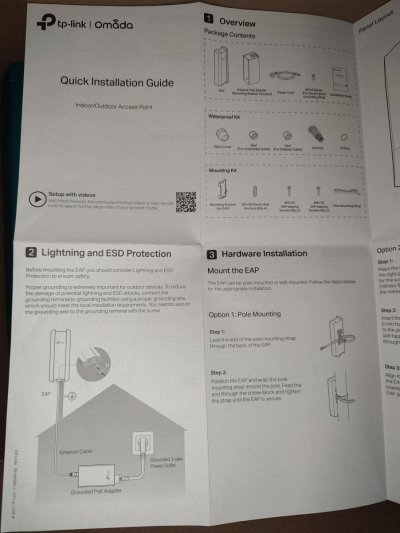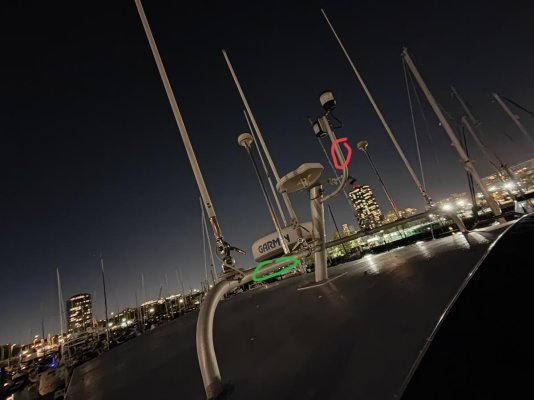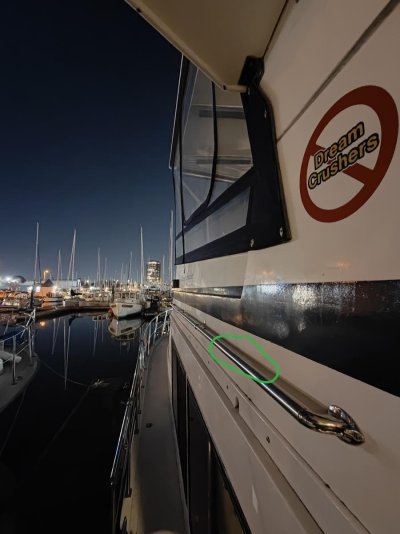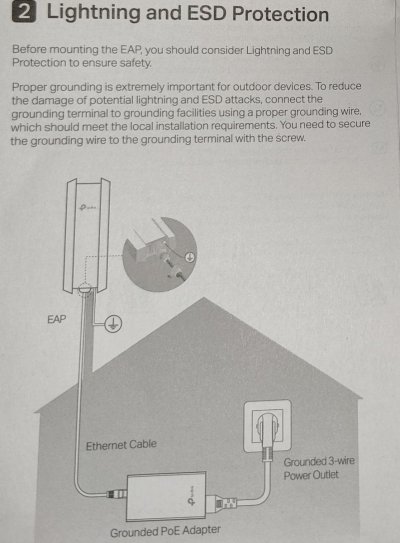paulga
Guru
- Joined
- May 28, 2018
- Messages
- 1,023
- Location
- United States
- Vessel Name
- DD
- Vessel Make
- Marine Trader Sundeck 40'
I was going to mount the tp link eap610 outdoor ap on a pole on top of the flybridge. Then noticed the manual requires connecting a grounding wire which is not provided in the package.
The ap is powered by an Ethernet cable from an poe injector plugged in an outlet in the bridge (3 prongs)
Can I use a 18 gauge copper wire for the grounding? Where should the wire ground to?
The ap is powered by an Ethernet cable from an poe injector plugged in an outlet in the bridge (3 prongs)
Can I use a 18 gauge copper wire for the grounding? Where should the wire ground to?
Last edited:





